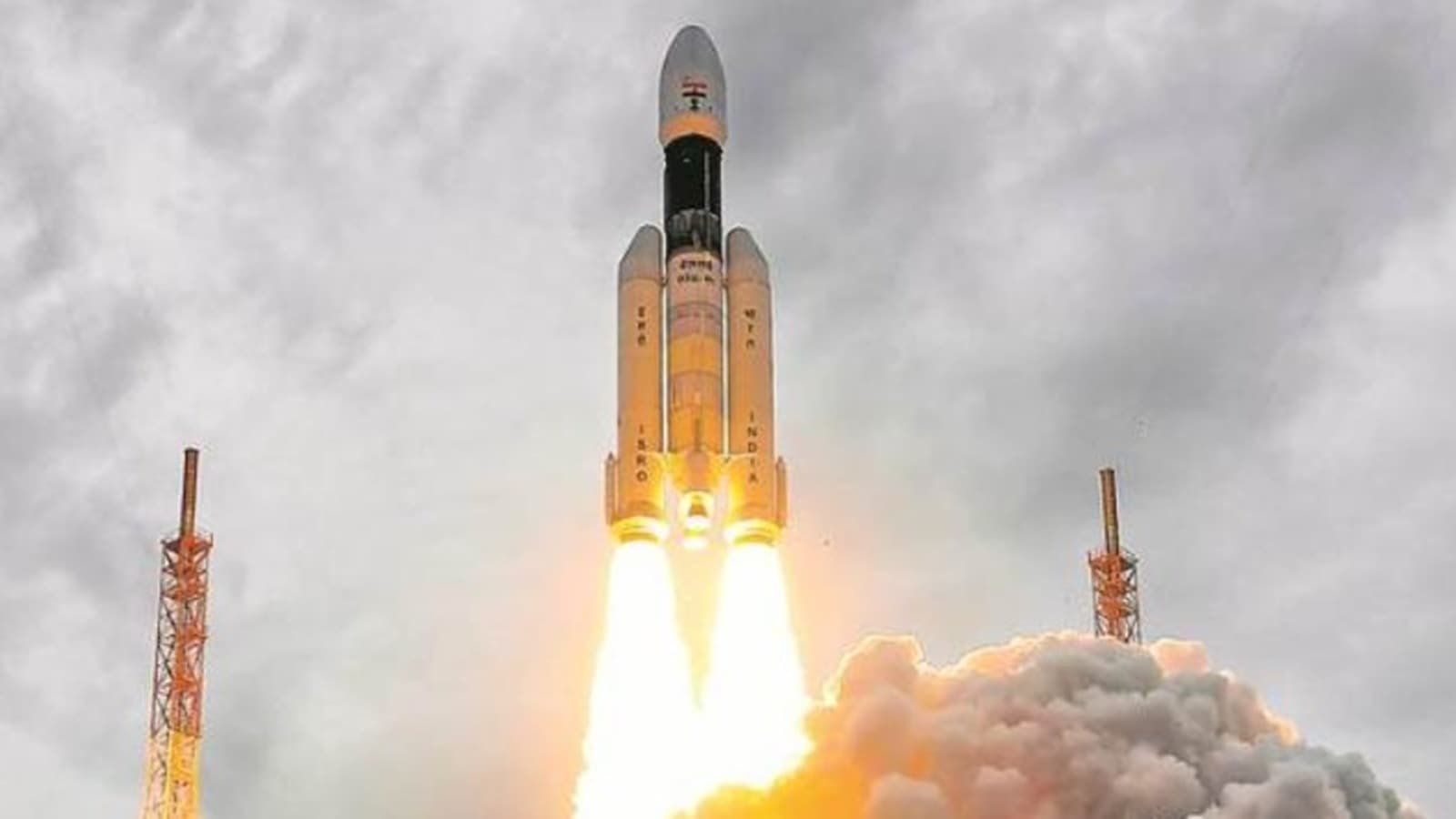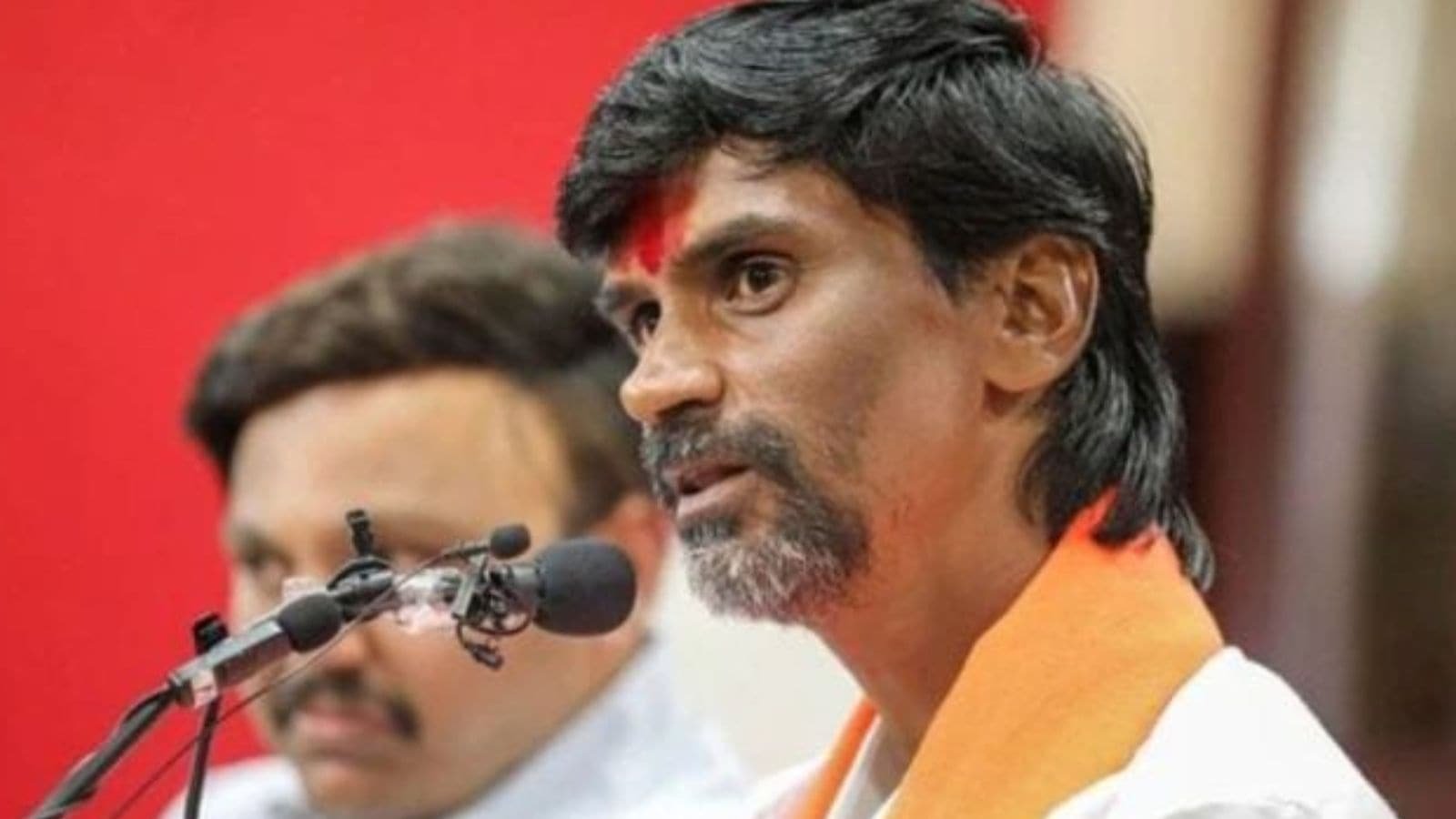An instrument aboard India’s Chandrayaan-2 mission has confirmed what scientists had long predicted — an increase in the density of molecules in the Moon’s exosphere, or its extremely thin atmosphere, during a major solar event called a Coronal Mass Ejection (CME) last year.
The Moon’s exosphere, found close to its surface, is made up of molecules released through processes such as solar radiation, solar wind, and meteorite impacts. During a CME — when the Sun ejects a burst of plasma from its outer layer — more molecules are knocked off the lunar surface, raising the density of the exosphere. Unlike Earth, the Moon lacks a magnetic field to shield it from these solar blasts, making it especially vulnerable.
This is what Chandrayaan-2’s payload, the Chandra’s Atmospheric Composition Explorer-2 (CHACE-2), recorded during a series of powerful CMEs in May last year. The event led to a noticeable increase in total pressure in the Moon’s sunlit exosphere, exactly when the CME reached the lunar surface.
India’s Chandrayaan-2 observes effects of the Coronal Mass Ejections from the Sun on the Moon. First-ever observations showed an increase in the total pressure of the dayside environment of the Moon.
For details, please visithttps://t.co/Yvc7xcxR00
— ISRO (@isro) October 18, 2025
“This is the first experimental evidence for the enhancement of lunar exospheric densities during a CME,” states the study published in the Geophysical Research Letters. The first author of the study is MB Dhanya from ISRO Vikram Sarabhai Space Centre.
The finding is significant, as it deepens understanding of the Moon’s exosphere and space weather — knowledge crucial for India’s goal of sending humans to the Moon by 2040. Such insights will also help design lunar habitats that can withstand extreme solar events, which are known to damage satellites outside Earth’s magnetic field.
“Apart from pushing the edge of our scientific understanding about the Moon and the lunar space weather (effect of the Sun’s emissions on the Moon), this observation also indicates the challenges of building scientific bases on the Moon. Lunar base architects need to account for such extreme events, which would temporarily alter the lunar environment, before the effects subside,” the researchers said.
The paper adds that such observations could also help scientists understand exospheres on other celestial bodies — from Mercury and asteroids to exoplanets beyond our solar system.
Stay updated with the latest – Click here to follow us on Instagram
© The Indian Express Pvt Ltd





